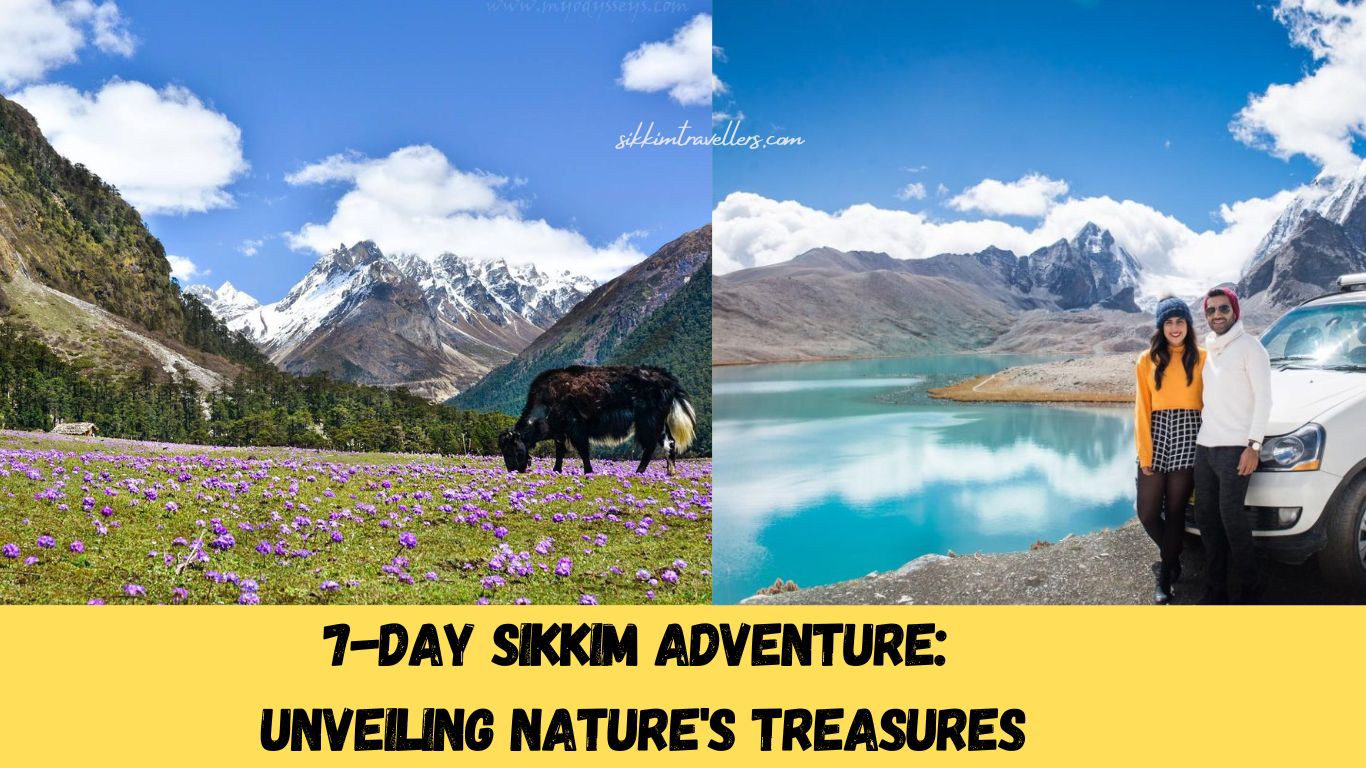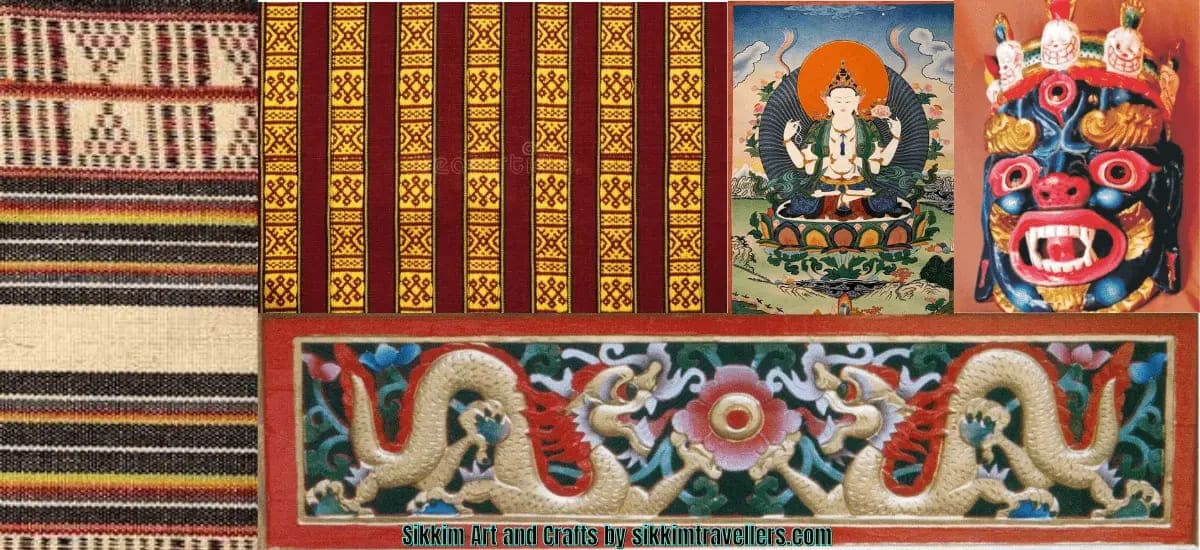Buddha Park Ravangla
Buddha Park Ravangla: A Serene Oasis in the Himalayas
Why Should I Go
The Buddha Park in Ravangla, also known as Tathagata Tsal, was inaugurated to commemorate the 2550th birth anniversary of Buddha. This picturesque park, featuring a colossal statue of Gautama Buddha, was built by the Sikkim government with local support to promote religious tourism. The park was sanctified by the Dalai Lama in 2013, adding to its spiritual significance.
Scenic Beauty and Instagram-Worthy Views
Surrounded by the majestic Himalayas, the Buddha Park offers stunning views of the Greater Himalaya range, including Kanchenjunga, Mount Pandim, Mount Siniolchu, and Mount Kabru. The park's winding pathways, beautifully manicured lawns, and a lovely water fountain in front of the golden statue make it a perfect spot for capturing breathtaking photos.
The Iconic Buddha Statue
The centerpiece of the Buddha Park is the 130-feet tall copper statue of Buddha in the bhumisparsha mudra (earth-touching posture). With his eyes half-closed, the statue exudes tranquility and can be seen clearly from various parts of South West Sikkim and even some areas of West Sikkim.
Discover the Buddha's Life
The park also houses a museum that narrates the story of Buddha’s life and a meditation center open to tourists and monks. Additionally, visitors can explore a curio shop selling souvenirs, prayer beads, and other items.
How To Get There
Ravangla is a charming town situated at an altitude of about 7000 feet in South Sikkim, 65 km from the state capital, Gangtok, on the way to Gyalshing. You can hire a cab or take a shared taxi from Gangtok to reach Ravangla. If direct transport is unavailable, you can take a taxi to Singtam and then another to Ravangla. The Buddha Park is within walking distance from the main town, on the way to Ralang Monastery. It is open daily from 9 am to 5 pm.
When Should I Land Up
Every spring, Ravangla hosts a five-day festival called 'Rabong Discovered.' This cultural extravaganza features a flower show, traditional music and dance competitions, local handicraft and food stalls, and adventure activities like mountain biking, camping, and boating. Spring, particularly March and April, is the best time to visit as the area is adorned with a variety of flowers, including exotic orchids. During winter, the higher areas of Ravangla experience snowfall, transforming the town into a winter wonderland.
What to Expect at the Buddha Park
Meditation Center
The meditation center within the park is an oasis of peace and quiet. It welcomes both tourists and monks who wish to meditate and connect with their inner selves amidst the serene surroundings.
Museum
The museum at the park provides a detailed account of the Buddha’s life. Through various exhibits and artifacts, visitors can learn about the Buddha's journey, his teachings, and the history of Buddhism.
Curio Shop
For those looking to take a piece of this tranquil place home, the curio shop offers a variety of souvenirs, including prayer beads, small statues, and other Buddhist memorabilia.
Walking Paths and Gardens
The meticulously maintained gardens and walking paths are perfect for a leisurely stroll. Visitors can enjoy the lush greenery, vibrant flowers, and the soothing sound of the fountain.
Cultural Significance
The park is not just a place of beauty but also a center of cultural and religious significance. It attracts pilgrims and tourists from around the world, offering a glimpse into the rich cultural heritage of Sikkim.
Frequently Asked Questions (FAQ) Buddha Park Ravangla
1. What is the best time to visit Buddha Park Ravangla?
The best time to visit Buddha Park Ravangla is during the spring months of March and April. The park and the surrounding area are in full bloom with a variety of flowers, including exotic orchids. The weather is pleasant, making it an ideal time for sightseeing and photography.
2. How can I reach Ravangla from Gangtok?
You can reach Ravangla from Gangtok by hiring a cab or taking a shared taxi. If direct transport is not available, you can take a taxi to Singtam and then another taxi from Singtam to Ravangla.
3. What are the operating hours of Buddha Park?
Buddha Park is open daily from 9 am to 5 pm.
4. Is there an entry fee for Buddha Park?
Yes, there is a nominal entry fee for Buddha Park. The fee helps in the maintenance of the park and its facilities.
5. Are there any festivals or events in Ravangla?
Yes, every spring, Ravangla hosts a five-day festival called 'Rabong Discovered.' The festival includes a flower show, traditional music and dance competitions, local handicraft and food stalls, and various adventure activities.
6. What other attractions are there near Buddha Park?
Other attractions near Buddha Park include Ralang Monastery, Bon Monastery, and the Temi Tea Garden. These sites offer additional cultural and natural experiences for visitors.
7. Can I meditate at the park?
Yes, the meditation center within the park is open to both tourists and monks who wish to meditate.
8. Is the Buddha statue visible from a distance?
Yes, the 130-feet tall Buddha statue is visible from various parts of South West Sikkim and even some areas of West Sikkim.
9. What amenities are available at Buddha Park?
Buddha Park offers several amenities, including a museum, meditation center, curio shop, walking paths, and beautifully maintained gardens.
10. Can I buy souvenirs at Buddha Park?
Yes, there is a curio shop within the park where you can buy souvenirs such as prayer beads, small statues, and other Buddhist memorabilia.
Experience the serene beauty and spiritual ambiance of Buddha Park Ravangla, and immerse yourself in the rich cultural heritage and natural splendor of Sikkim.



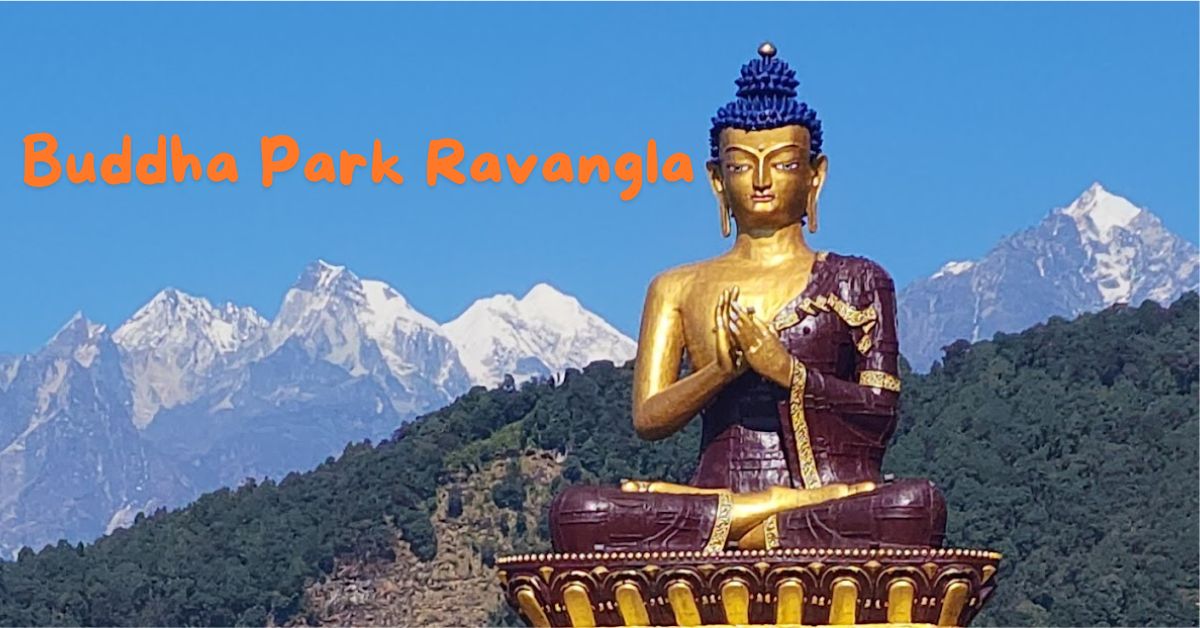
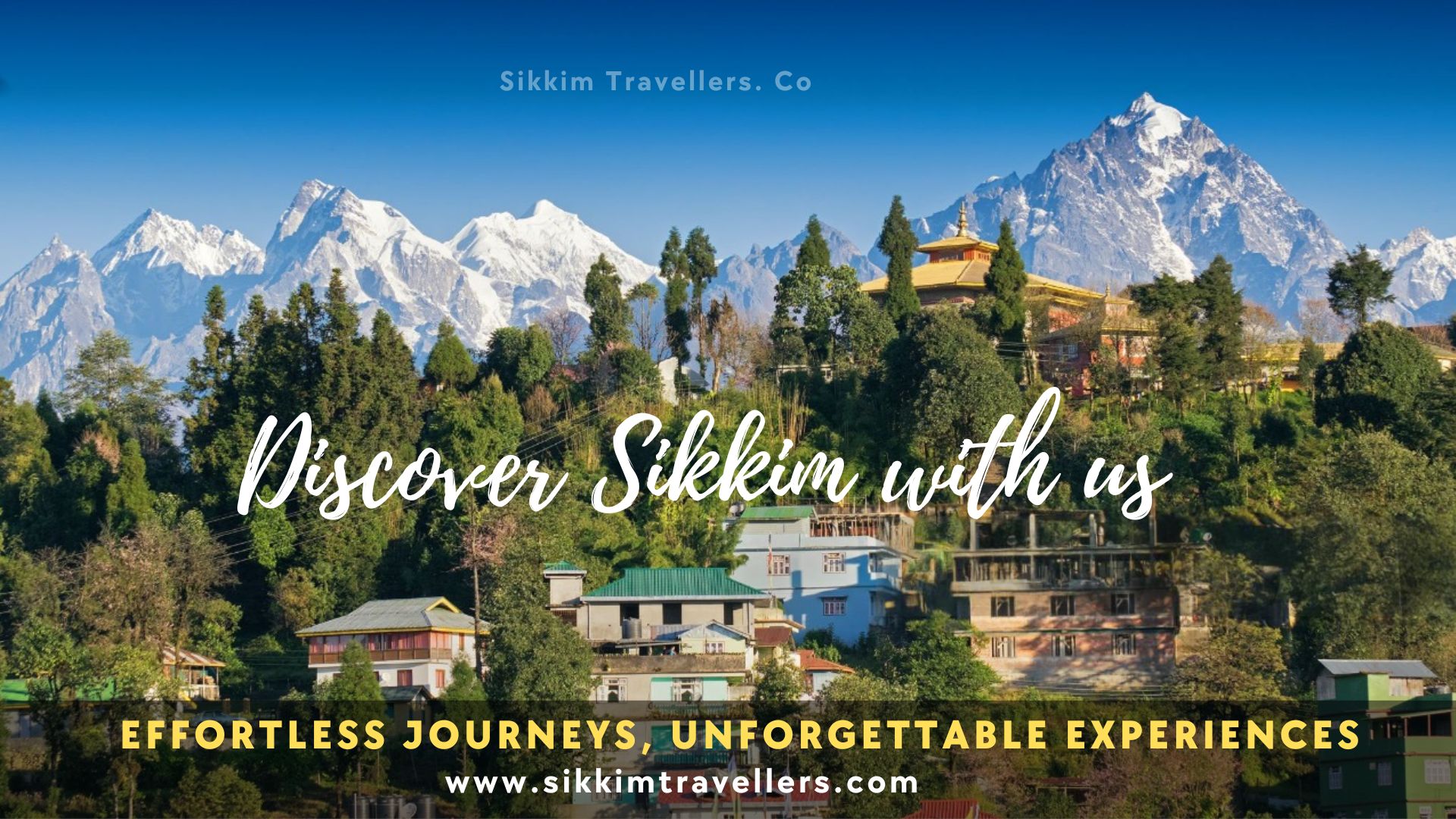
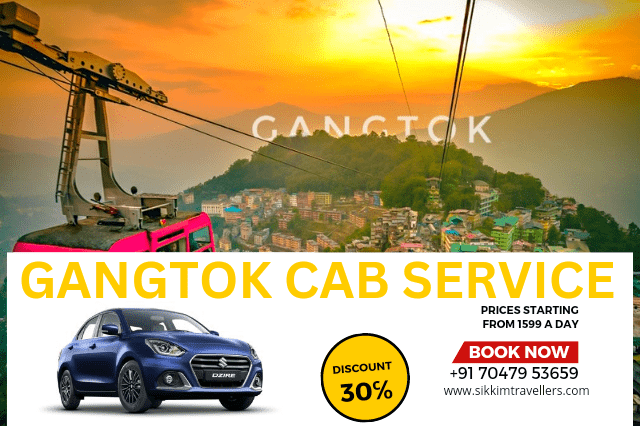
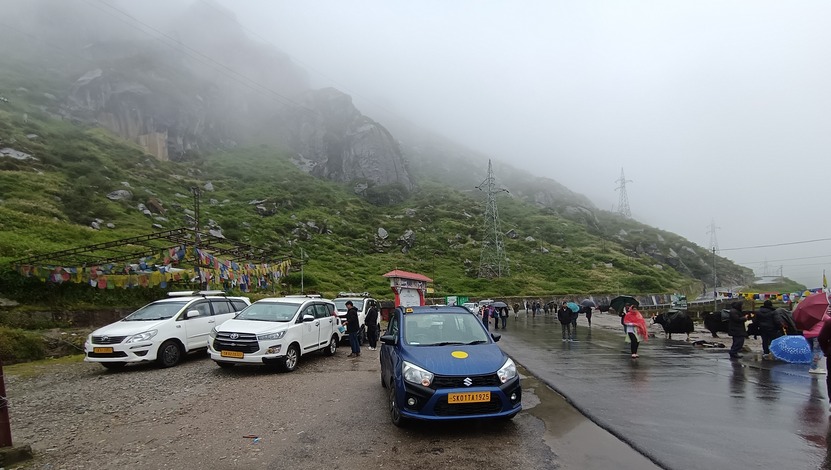
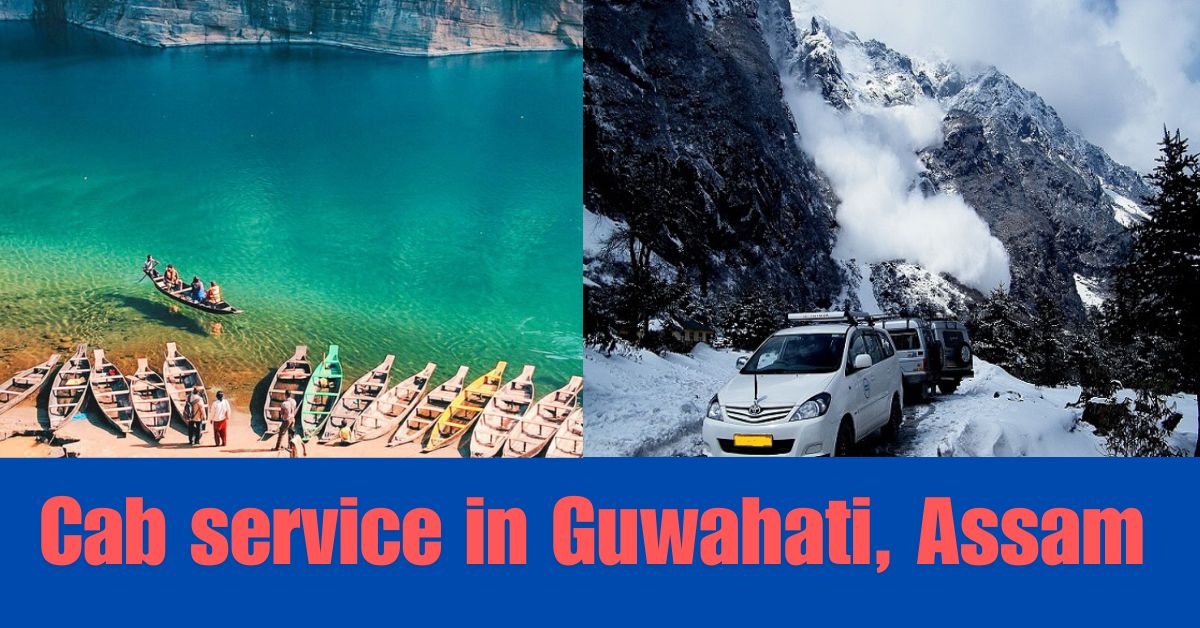
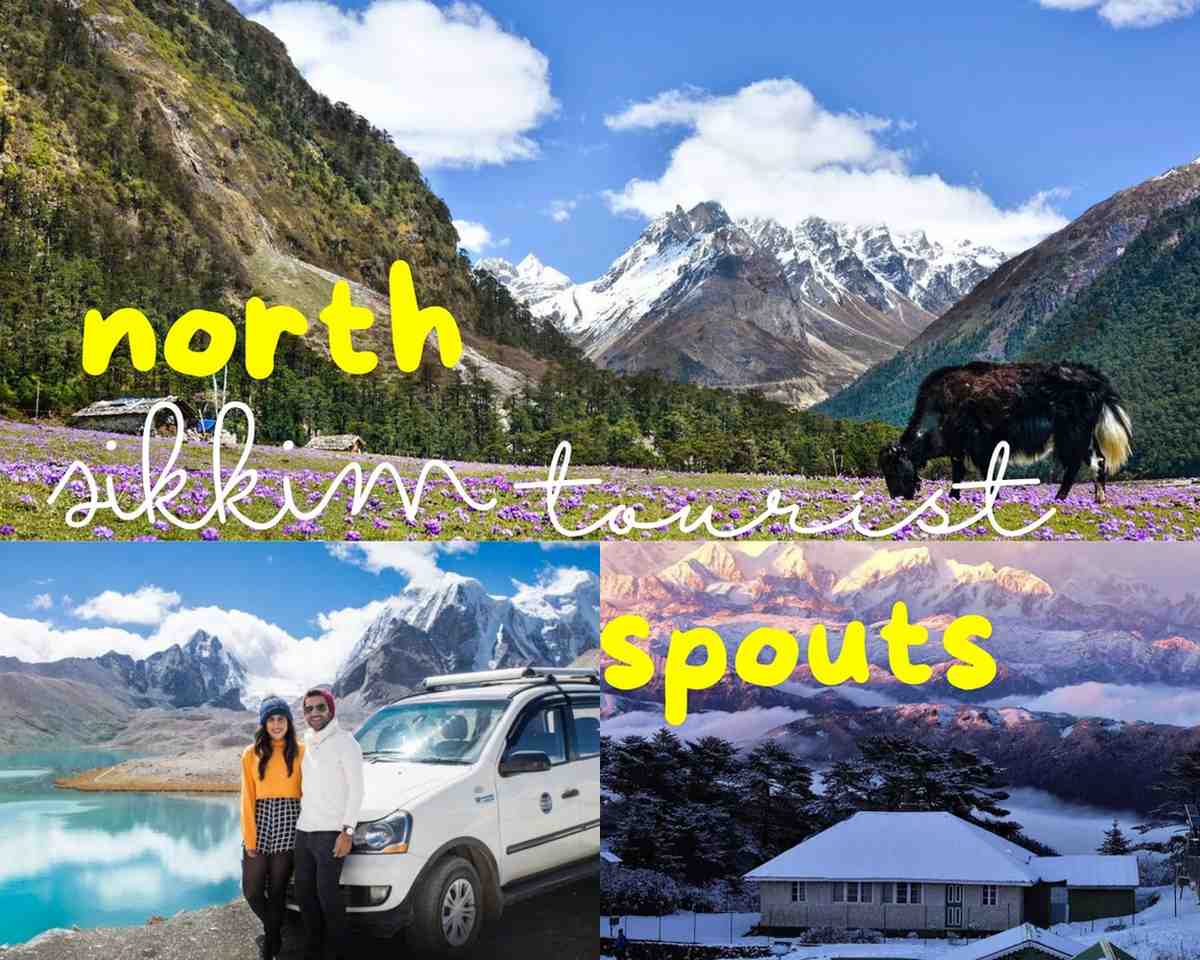
.jpg)

